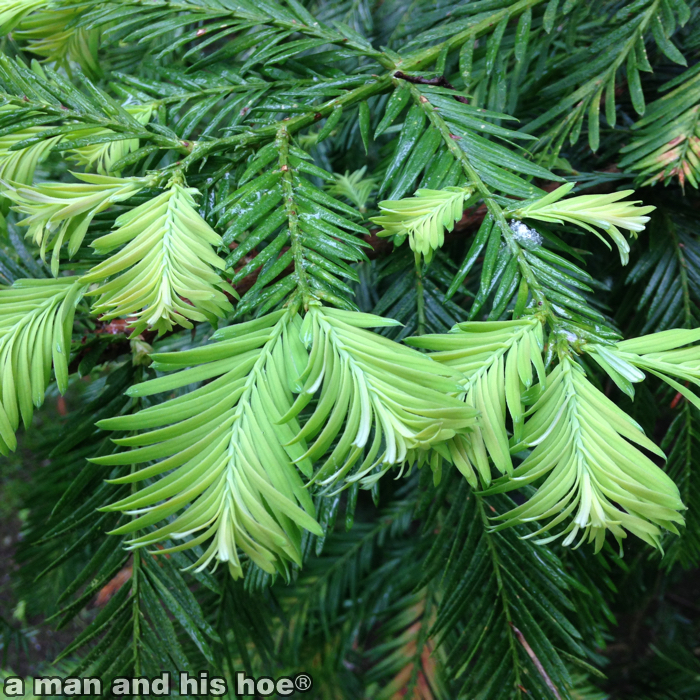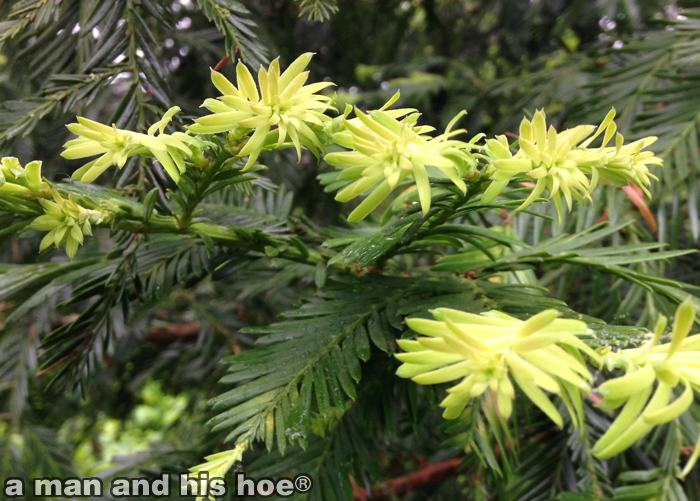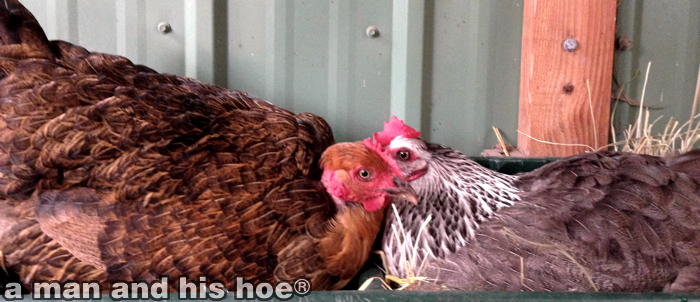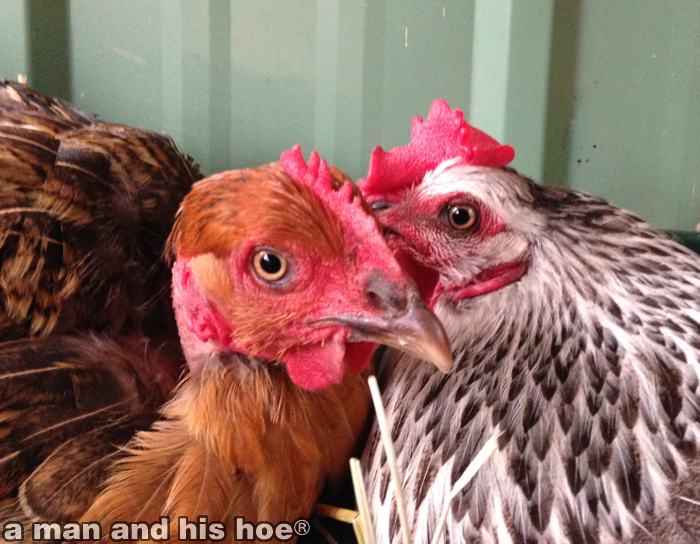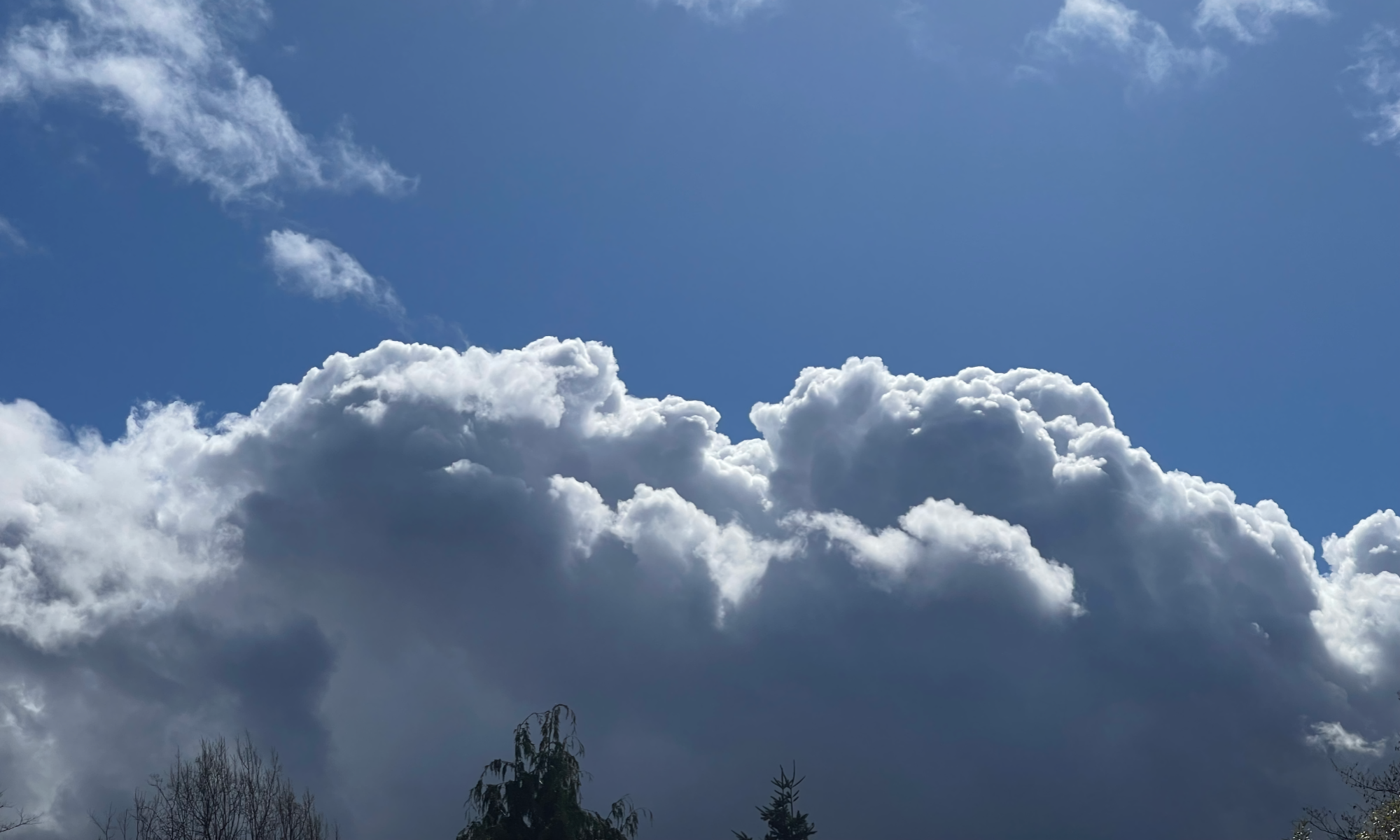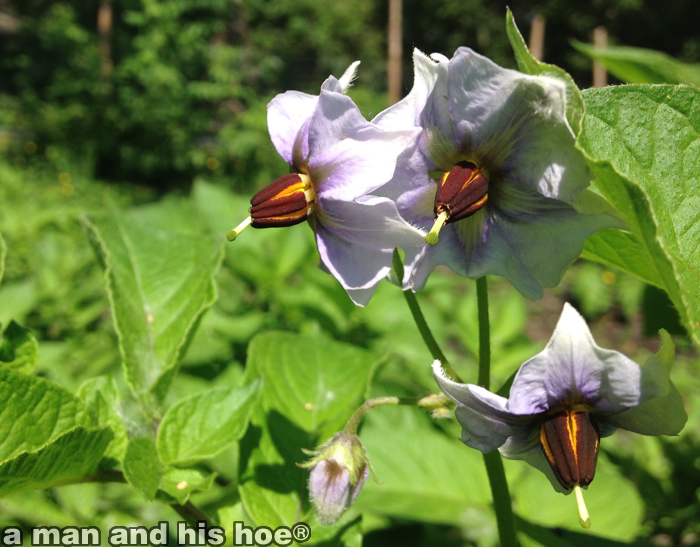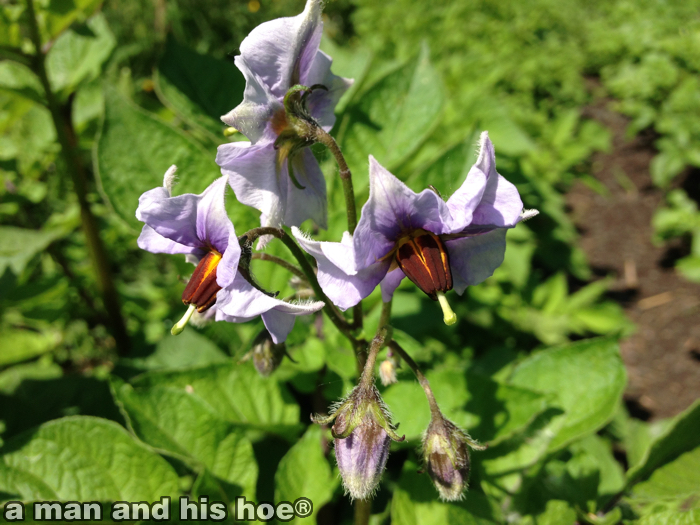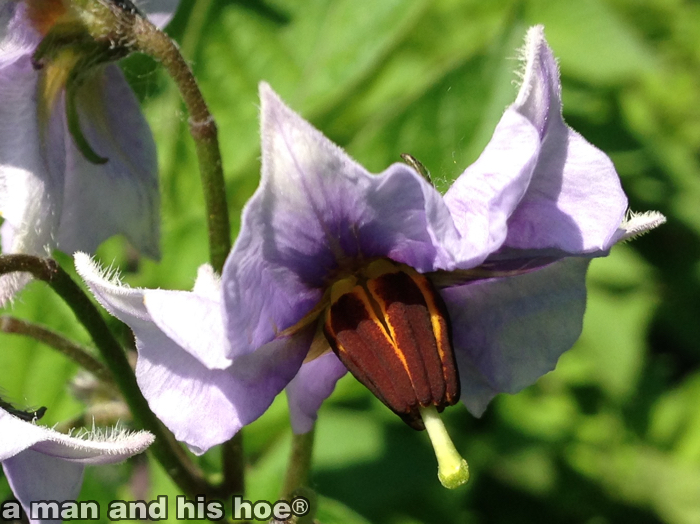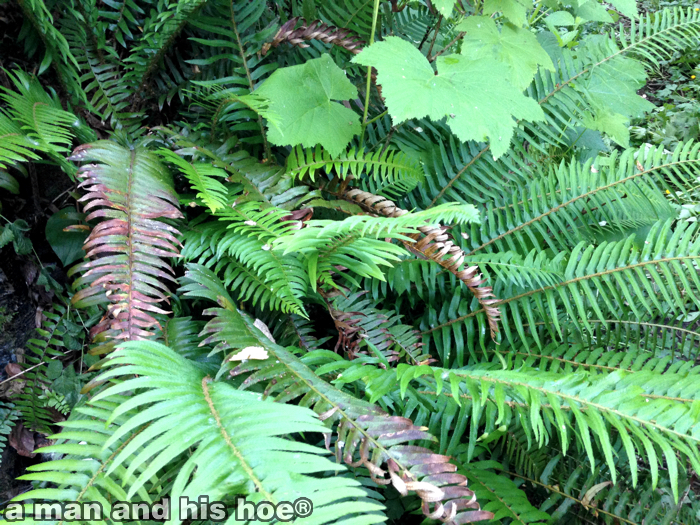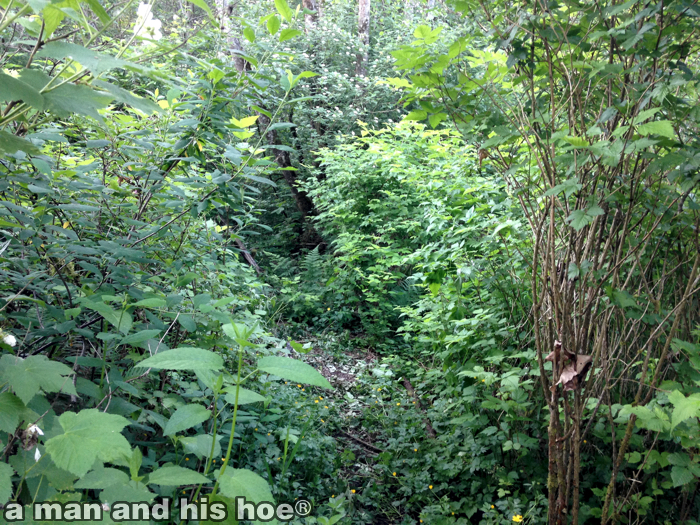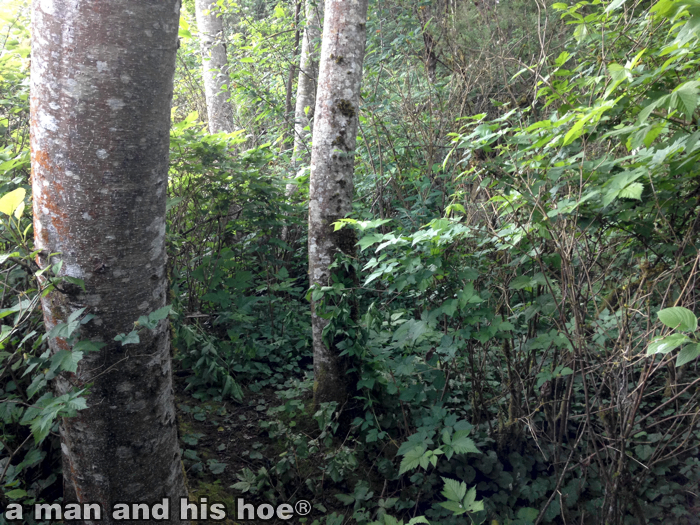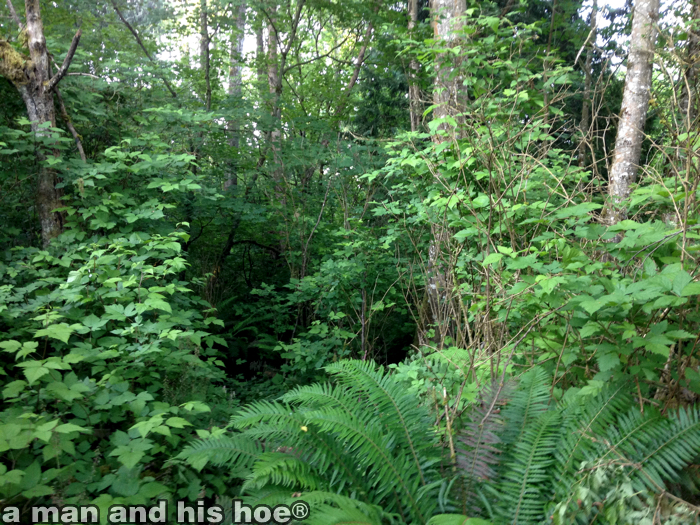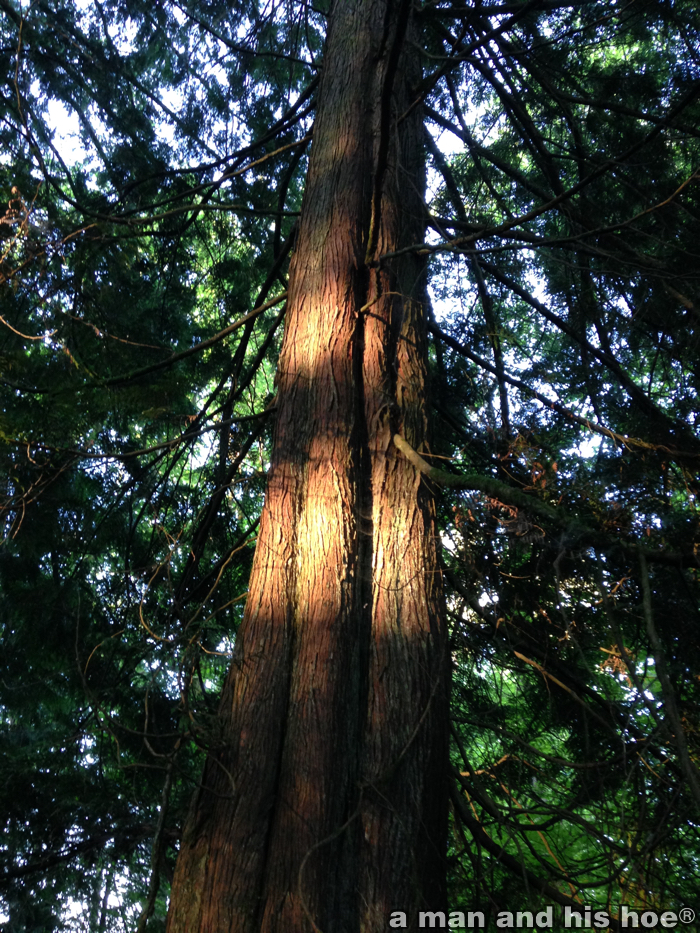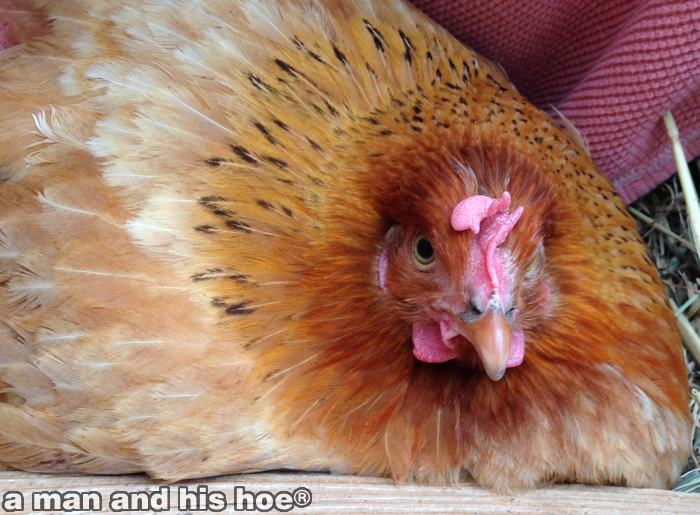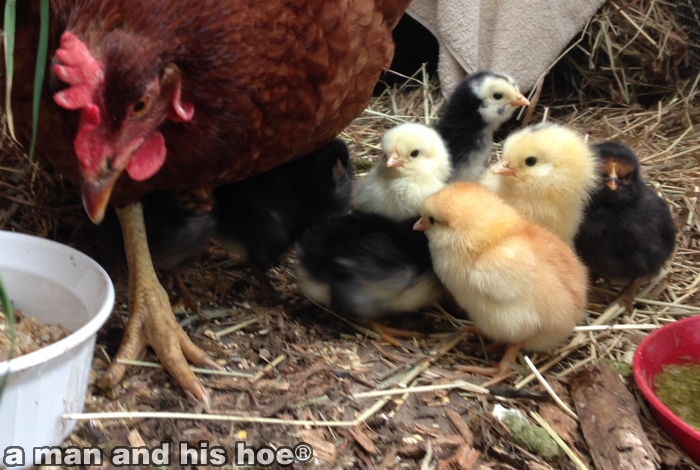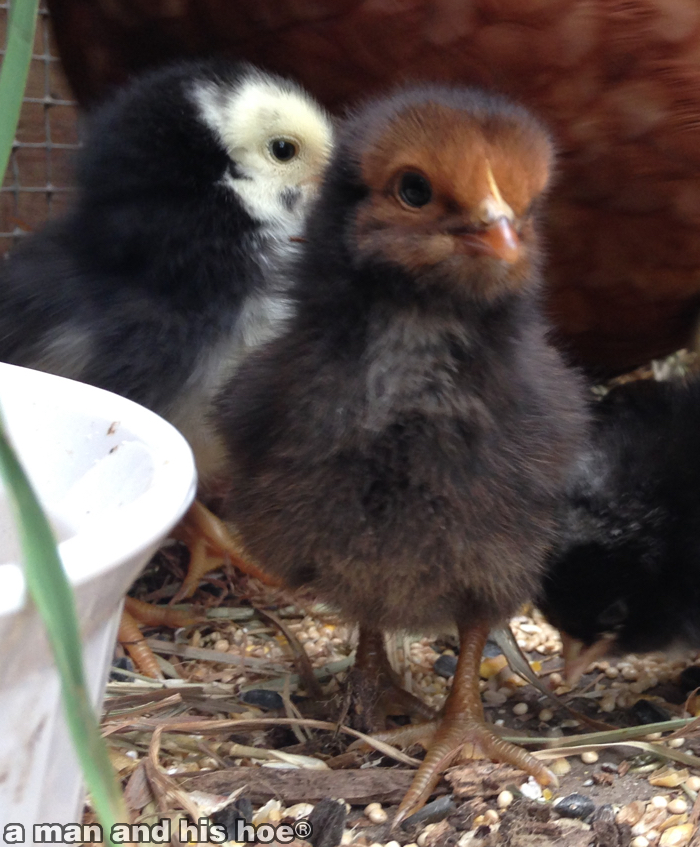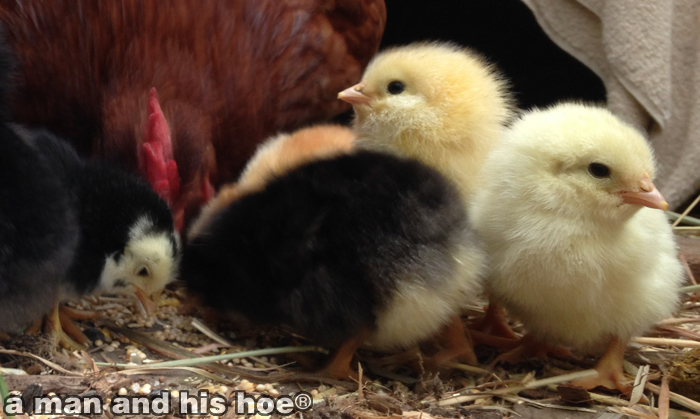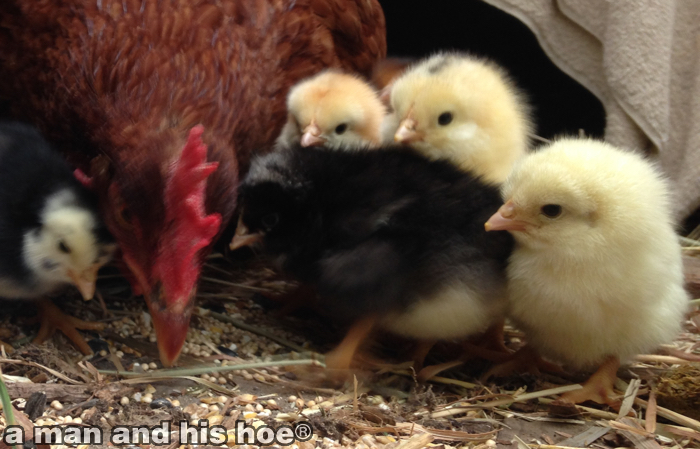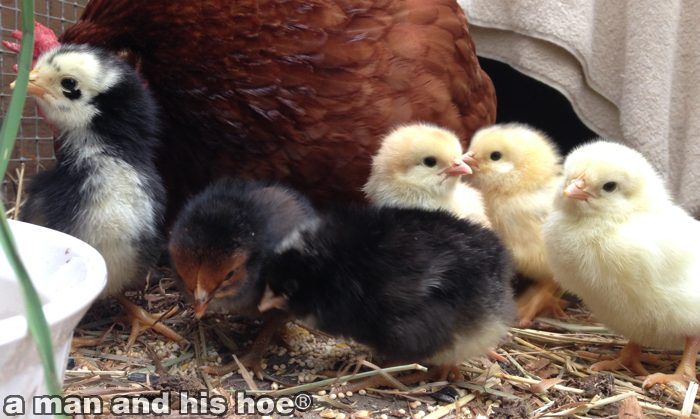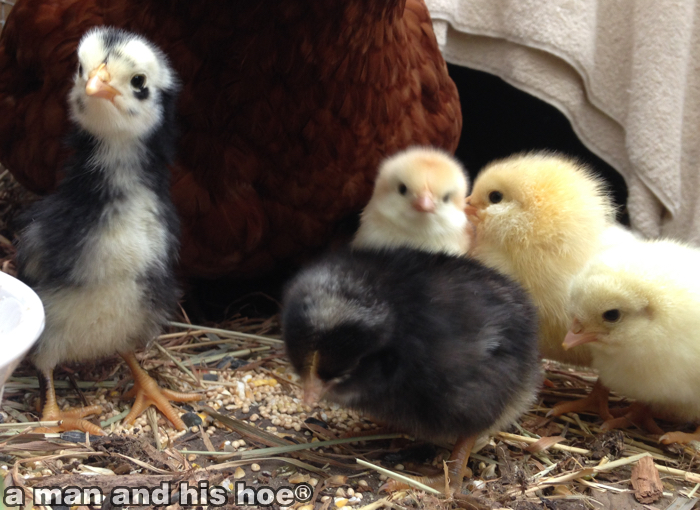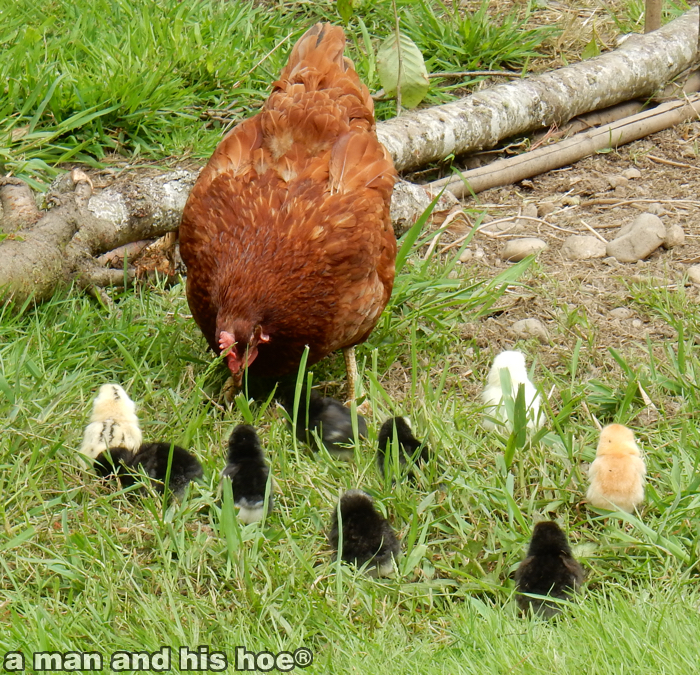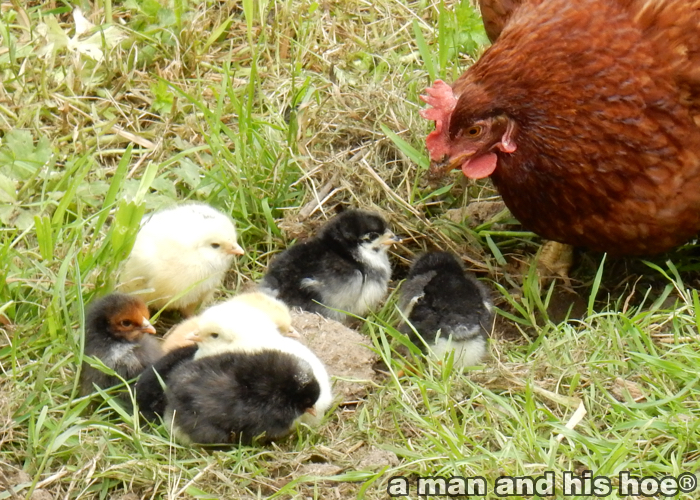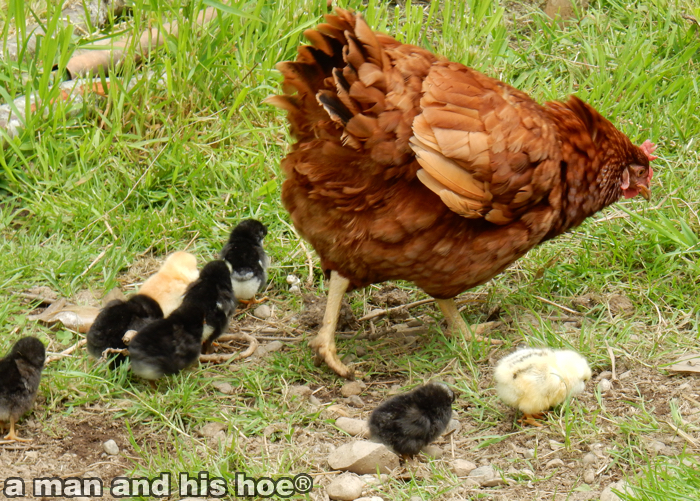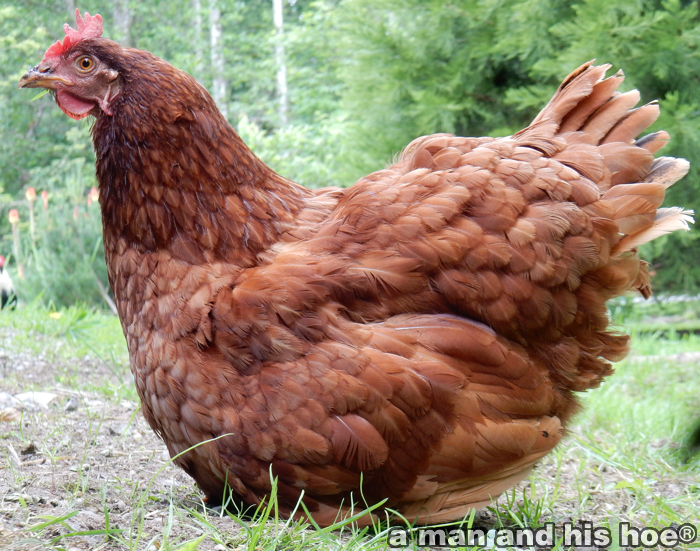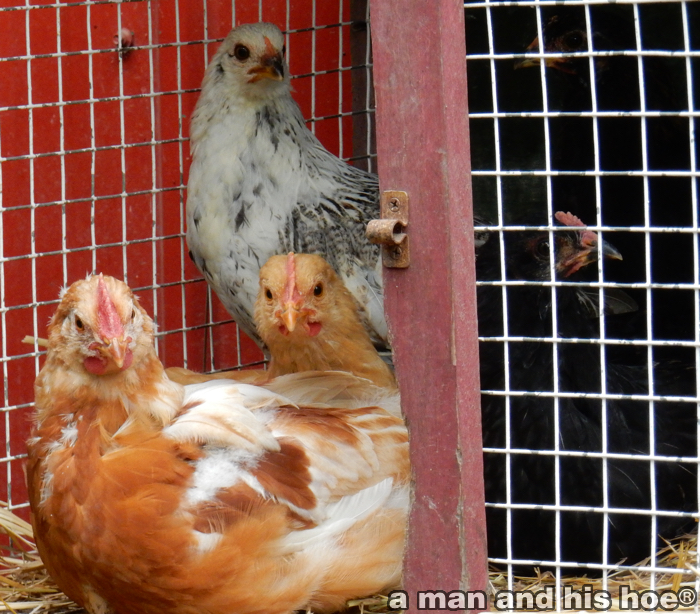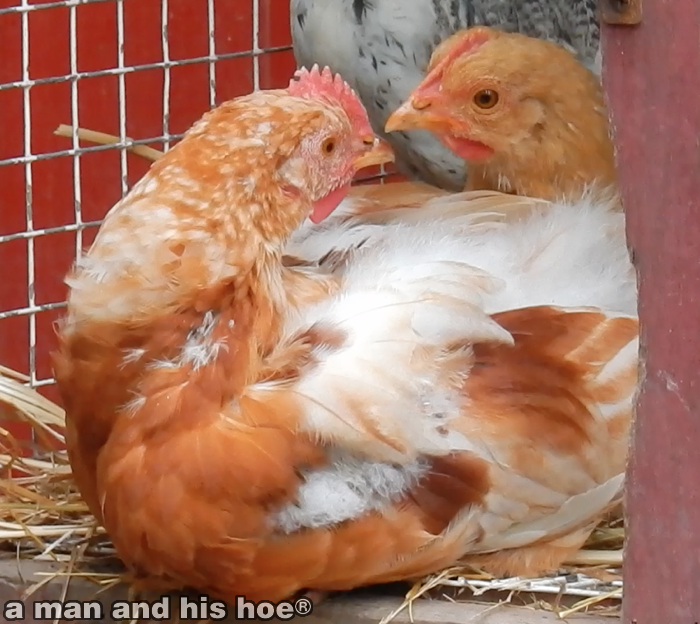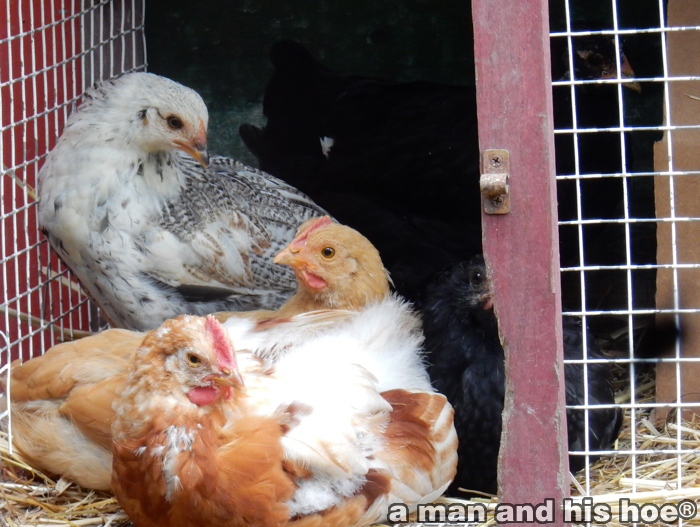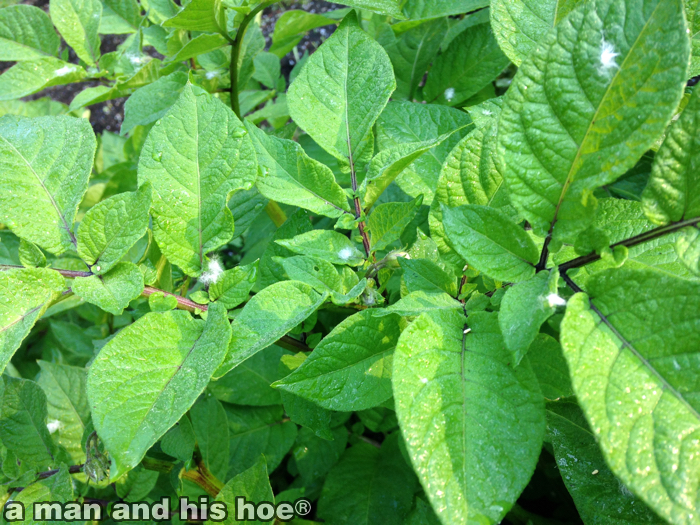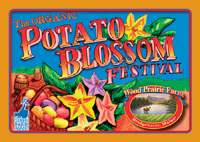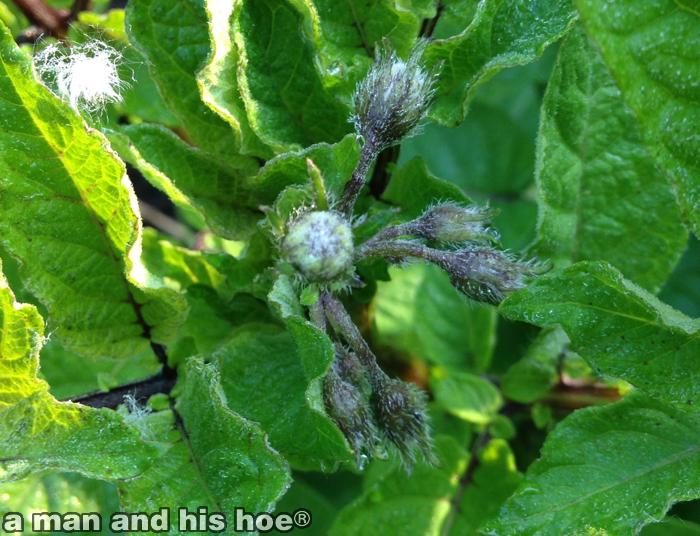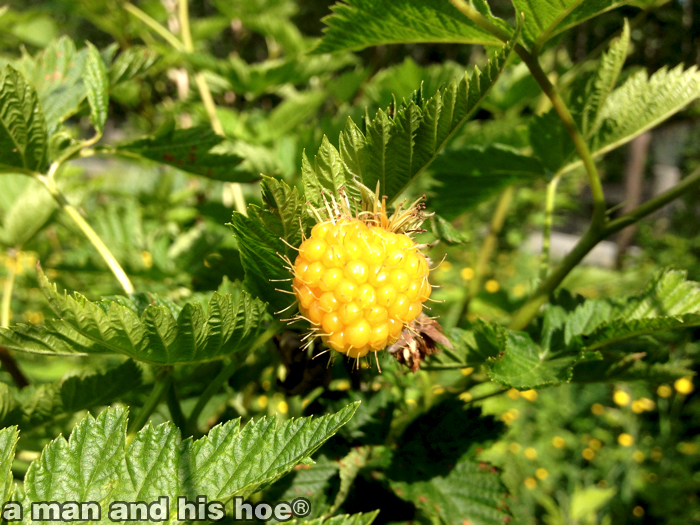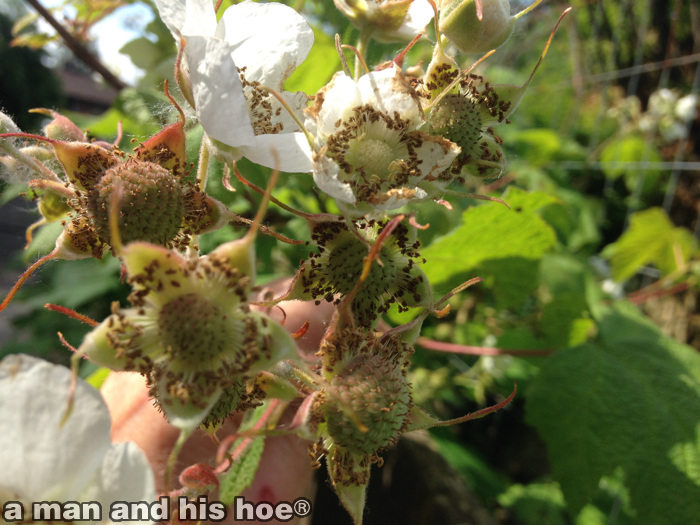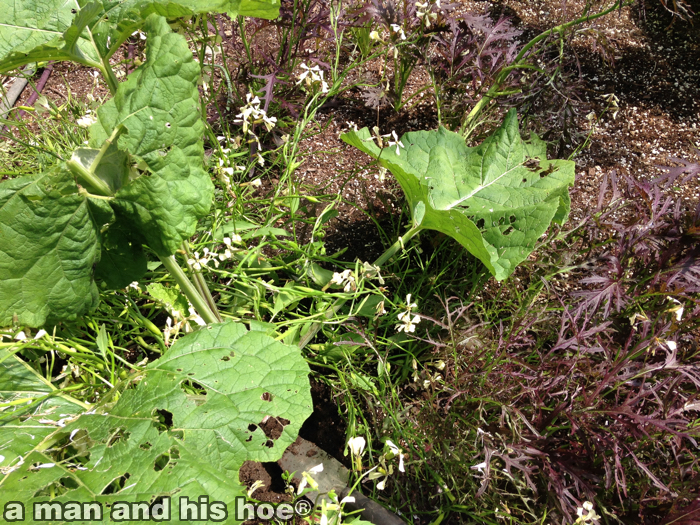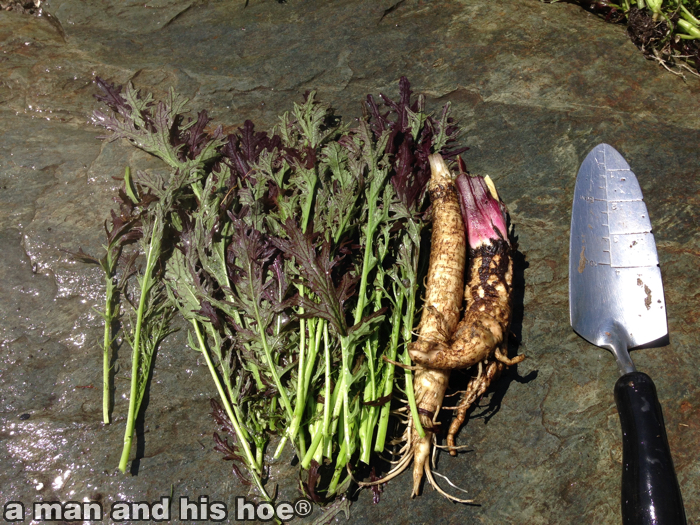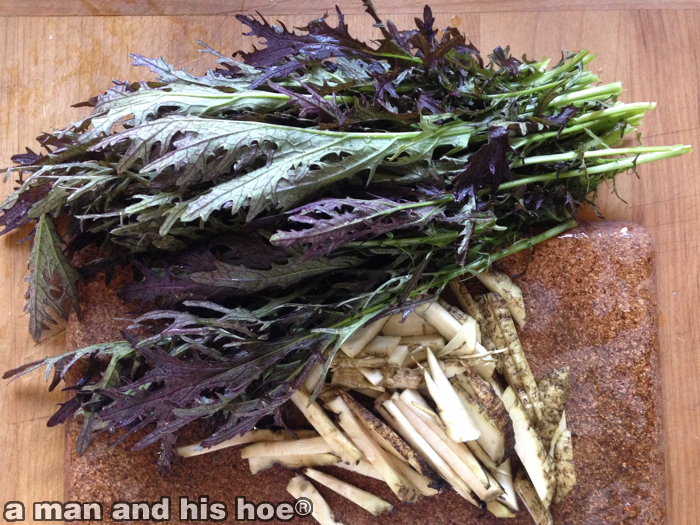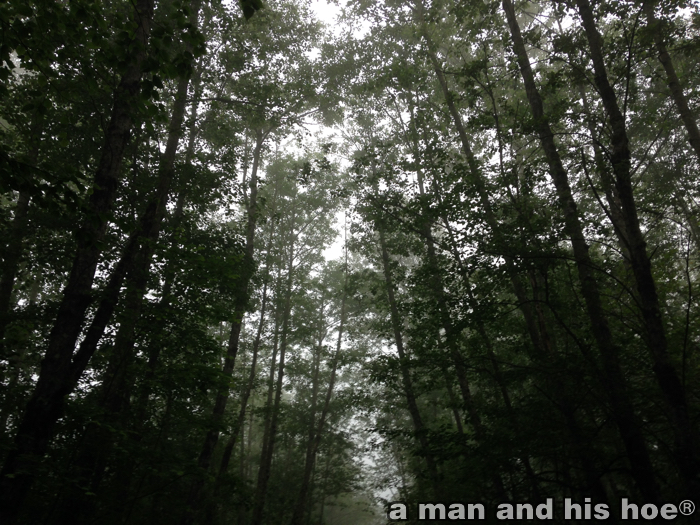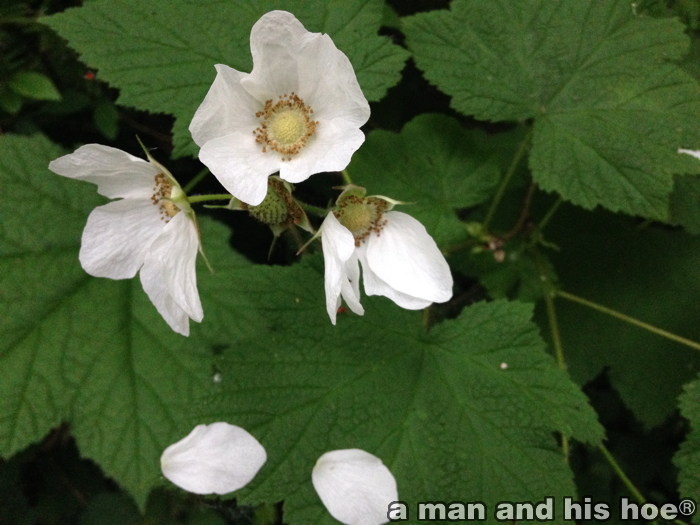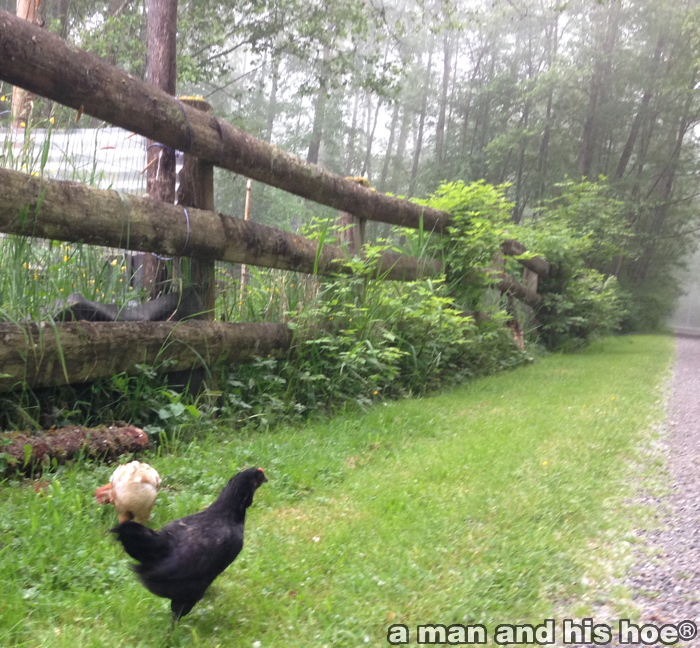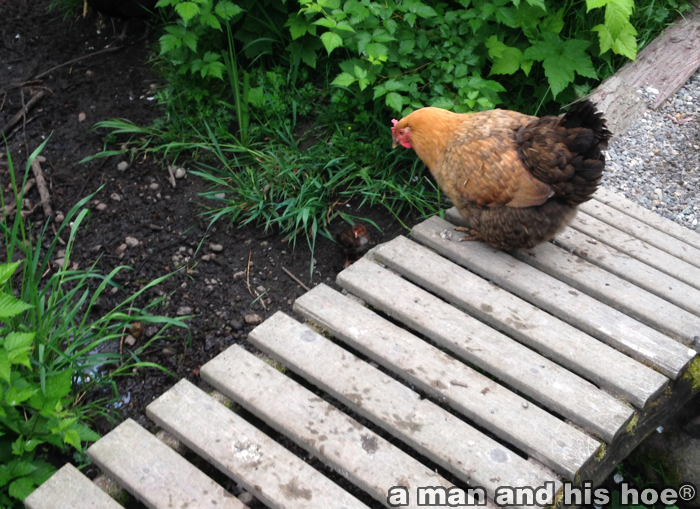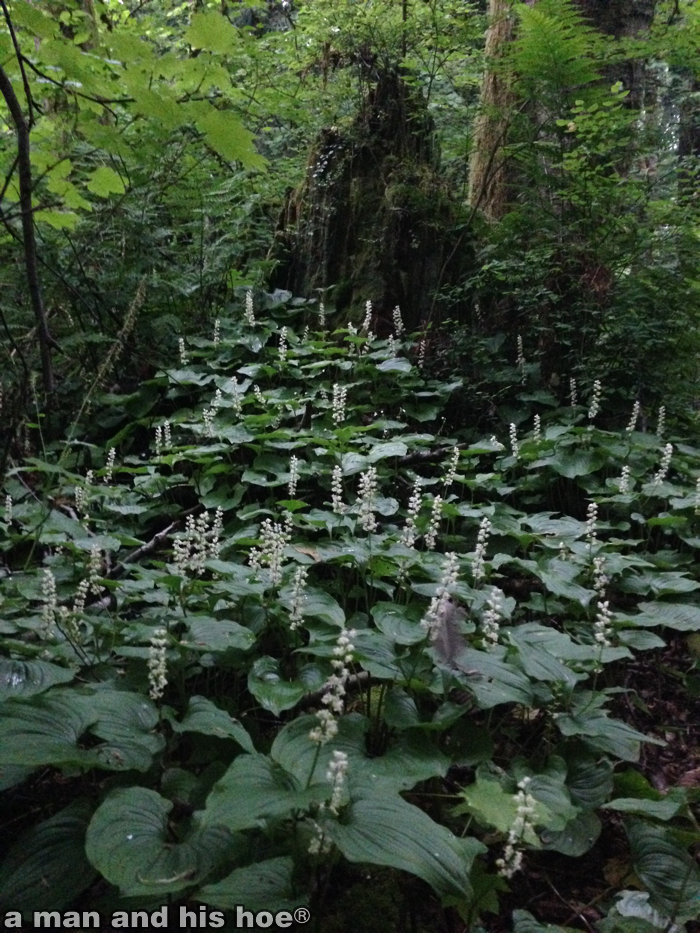
I saw an article on おはよう日本 – Good Morning Japan, on TV Japan yesterday, about a public bath house with a large community hall. For about $10, you can spend all day, enjoying the hot baths, and relaxing with neighbors in the community hall, where you can bring your own food and drink. Many people go to the bath house just to relax and visit with neighbors in the community hall. There is a stage where you can sing and dance and put on a performance. According to the newspiece, anyone is welcome.
People tell the owner that she could tear down the community hall, build a high rise condo and make as much money as she wants. She told the reporter, “I know I could make a lot more money. But each day, I have customers going home with smiles and telling me what a good time they had. Money can’t buy that.”
Money can’t buy everything. It can’t buy the tranquility that I get from a morning walk in the forest. The forest is a treasure trove of life, much of it in the soil. In an old growth forest, up to 75% of the weight of the soil can be fungal matter. The trees look like they are just standing there, not doing much, but they are converting sunshine into sugars, sending much of the sugar down into their roots to feed massive amounts of fungi. Fungal eating nematodes come along, eat the fungi, and leave fertilizer at the roots of the trees so they can grow even taller.
Everything we eat starts as sunshine. When we bite into an apple, peel an orange, or crunch on a carrot, we’re eating sunshine, converted by plants into energy. Money can’t buy sunshine. So when you’re having a meal, look outside and wave at the sun. Thank it for making your life possible.
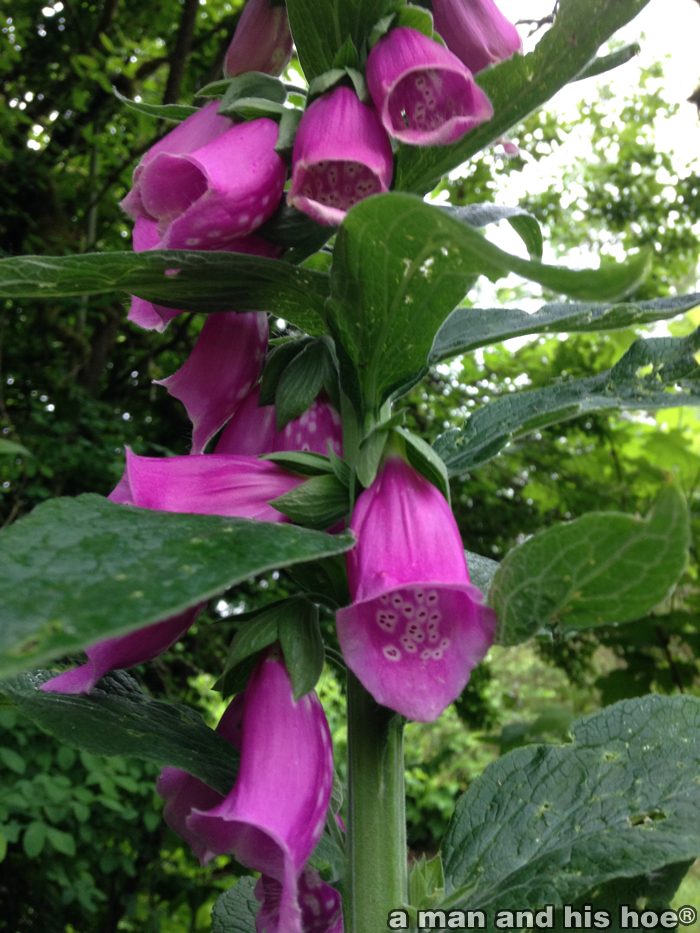
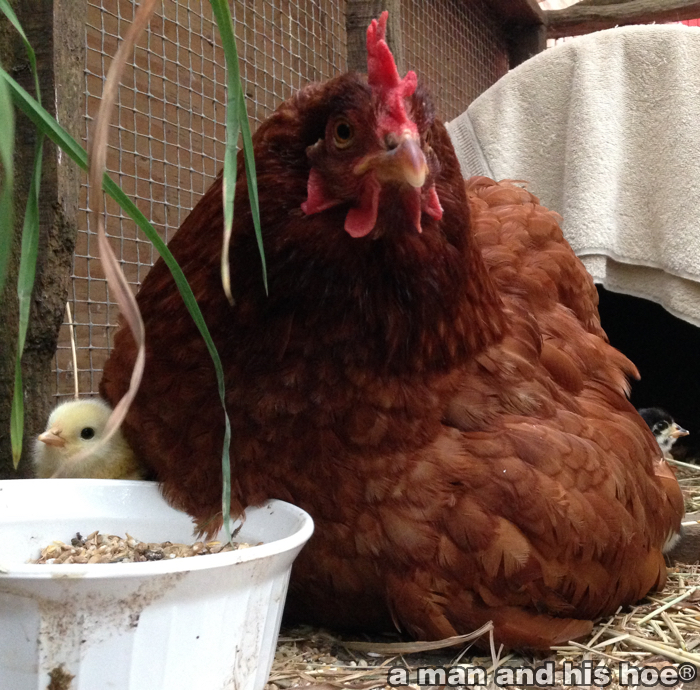
Money can’t buy the joy I feel seeing Rachel’s new chicks. They started hatching yesterday, and today she has them off the nest. I’ll know in a day or two how many she has. Money can’t buy the wonder of seeing new growth on a redwood tree. Money can’t buy a lot of things.
